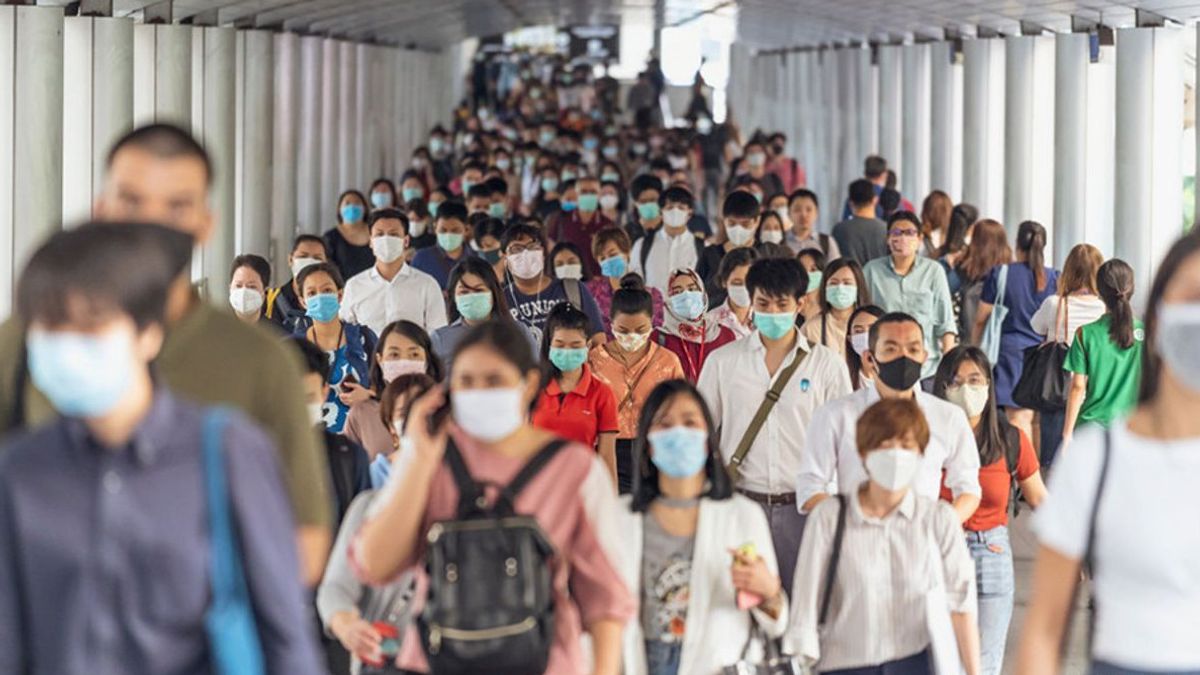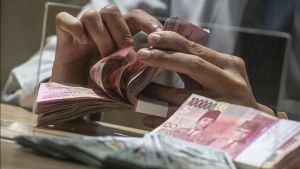The Ministry of Finance (Kemenkeu) stated that Indonesia was again included in the upper middle-income country (UMIC) as released by the World Bank on July 1, 2023.
According to the World Bank, Indonesia's Gross National Income (GNI) per capita rose by 9.8 percent to 4,580 US dollars in 2022 (2021: 4,170 US dollars).
Head of the Fiscal Policy Agency (BKF) of the Ministry of Finance Febrio Kacaribu said the result was a separate achievement for Indonesia amidst global pressure and uncertainty.
"Indonesia has succeeded in rising to an upper-middle income country, even at a time when its classification threshold has increased following the increase in global inflation," he said in a written statement, Monday, July 3.
According to Febrio, the UMIC classification threshold for the 2022 period rose to 4,466 US dollars (2021: 4,256 US dollars, 2020: 4,096 US dollars, 2019: 4,046 US dollars). This indicates a strong economic recovery in placing Indonesia back as the upper middle class.
Previously, Indonesia was included in the upper-middle-income country group in 2019 with GNI per capita amounting to 4,070 US dollars. However, the COVID-19 pandemic, which has stopped almost all world economic activity, has lowered Indonesia's position back into the lower-middle-income country group (LMIC) in 2020," he said.
Febrio said that Indonesia's return to the upper middle income state group could not be separated from the effectiveness of handling the pandemic, the implementation of programs for handling the pandemic and national economic recovery (PEN), and economic transformation through downstreaming of natural resources (SDA).
He said, various State Budget instruments through the 2020-2022 PEN program played an important role in providing policy pads during the pandemic crisis and accelerating national economic recovery.
On the other hand, the significant impact of the SDA downstream policy has boosted export performance and strengthened external balance. This later became one of the few countries in the world that were able to recover quickly and strongly.
"The government is committed to continuing to maintain the quality of economic recovery. This is shown by reducing the poverty rate again to one digit in 2021 and consistency in reducing the unemployment rate which continues to approach the pre-pandemic level," he said.
Sri Mulyani's subordinate also said that efforts to become a developed country before 2045 needed high economic growth in the range of 6 percent to 7 percent consistently.
It was stated that the significant increase in the GNI per capita in 2022 was a strong foothold to realize the Vision of an Advanced Indonesia 2045.
"The government will continue to implement the agenda of structural reform and economic transformation which is an absolute prerequisite to continue to increase competitiveness, productivity, and high added value of the national economy," he stressed.
Febrio added that economic transformation through SDA downstreaming, the development of a manufacturing industry that processes future products based on high technology and environmentally friendly, as well as green energy transition policies including the development of the carbon market will be a priority.
"In addition to ensuring the sustainability of efforts in the medium-long term, the government also remains committed to improving people's welfare, through strengthening social protection, accelerating the elimination of extreme poverty, decreasing stunting prevalence, and controlling inflation in the short term," he concluded.
The English, Chinese, Japanese, Arabic, and French versions are automatically generated by the AI. So there may still be inaccuracies in translating, please always see Indonesian as our main language. (system supported by DigitalSiber.id)













